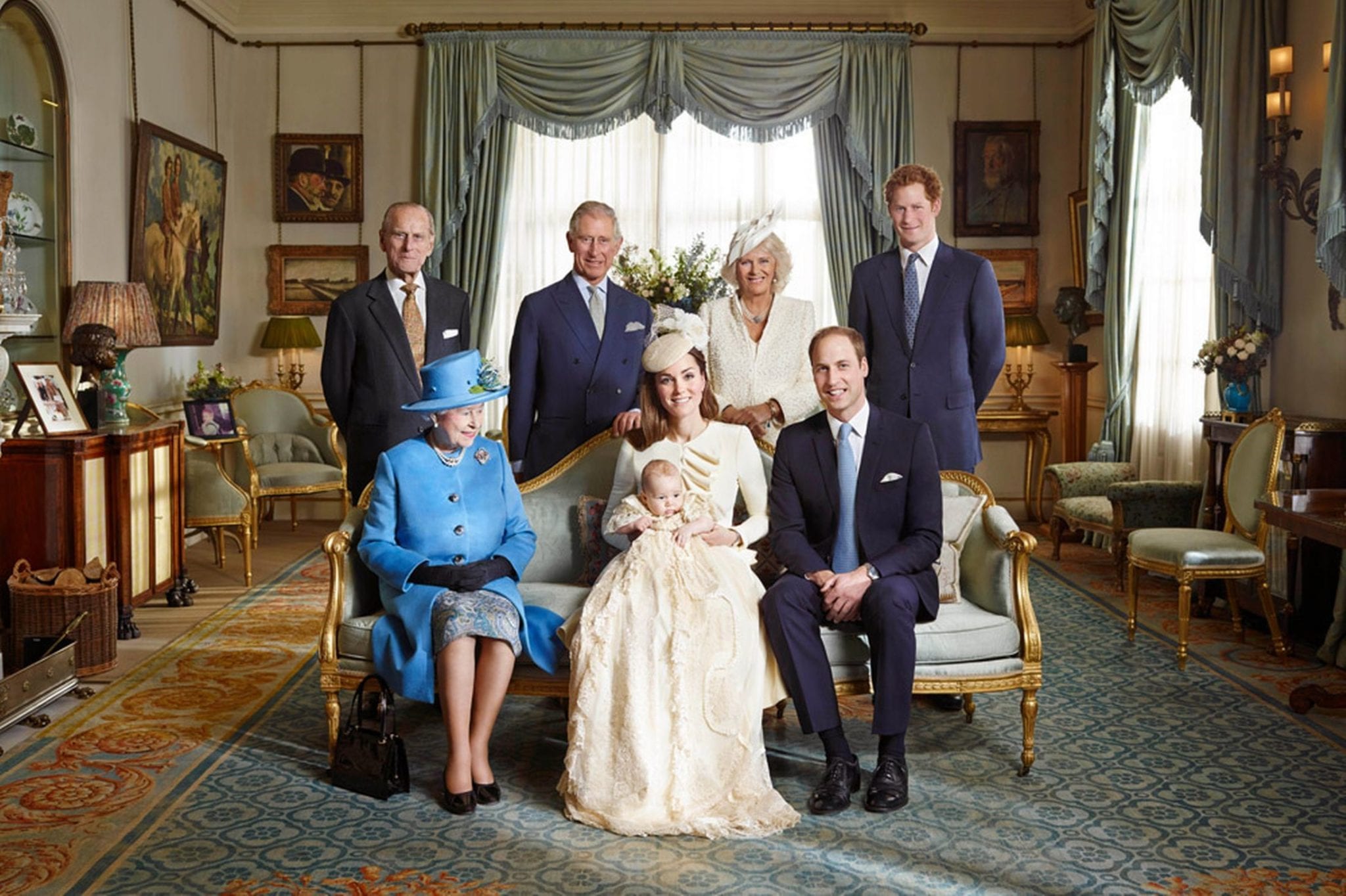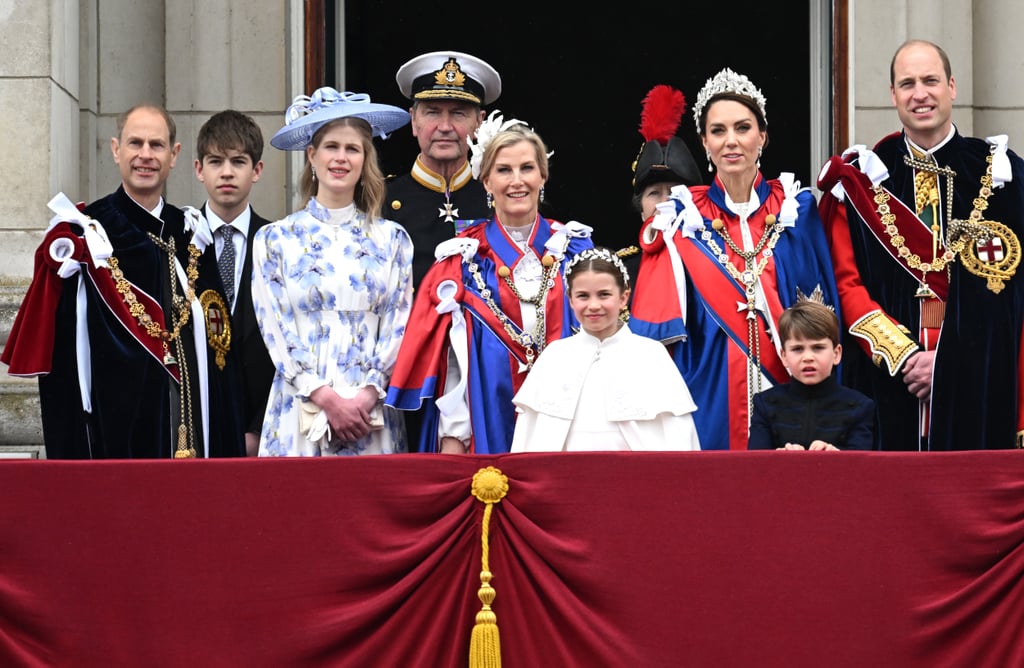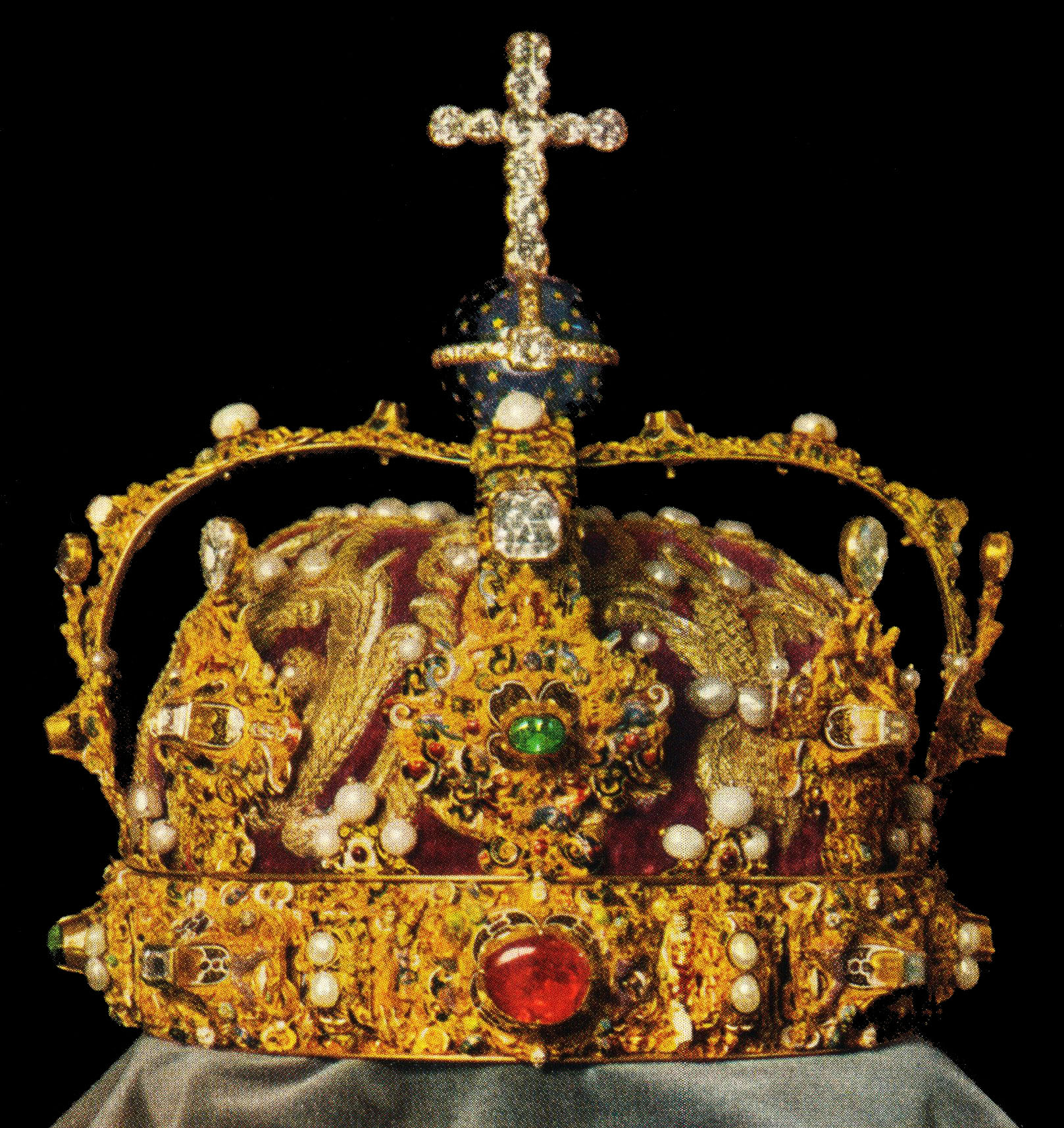Royal Bracelets: Unveiling The Stories Behind Regal Adornments
Have you ever stopped to think about the quiet power held within a piece of jewelry, especially when it belongs to royalty? It's almost as if these beautiful things carry whispers of history, of grand occasions, and of the people who wore them. Royal bracelets, you see, are far more than just pretty ornaments. They are often symbols, passed down through generations, telling tales of power, love, and even political connections. People around the world, rather, seem fascinated by the royal family and what they wear, always curious about the latest news on the royal family, for instance, or what King Charles might be doing.
These pieces of adornment are, in a way, like tiny time capsules. They link us to queens and kings from long ago, letting us imagine their lives and the grand events they attended. When Queen Victoria said, “we are not amused,” she was, of course, using the royal “we,” a term that itself hints at the special nature of royalty. This deep meaning of royal, as belonging or connected to a king or queen or a member of their family, really extends to the jewels they choose to wear, particularly the bracelets that sit so close to their pulse.
So, we're going to take a look at some of these incredible royal bracelets. We'll explore what makes them so special, the stories they hold, and why they continue to capture our imaginations. It's a chance to peek behind the velvet ropes, so to speak, and appreciate the artistry and significance of these truly remarkable pieces worn by kings and queens throughout time. You know, it's just a little bit like uncovering hidden treasures, isn't it?
Table of Contents
- The Meaning Behind Royal Bracelets
- A Glimpse into History: Famous Royal Bracelets
- Craftsmanship and Design of Regal Wristwear
- Royal Bracelets in Modern Times
- The Public's Fascination with Royal Jewelry
- Frequently Asked Questions About Royal Bracelets
The Meaning Behind Royal Bracelets
Royal bracelets are more than just fancy accessories. They carry a lot of meaning, a bit like a family crest or a special medal. Historically, they've been symbols of wealth and status, showing everyone just how important the wearer truly was. Imagine seeing a queen with a bracelet sparkling with diamonds and rubies; it would certainly make an impression, wouldn't it? This really highlights the fact that these pieces are not just for show, but they also communicate something important about the person wearing them.
Sometimes, these bracelets are also gifts, marking important moments like weddings or coronations. A bracelet given as a wedding present, for instance, could symbolize the union of two royal houses, or perhaps a deep personal affection. This means they often hold sentimental value, becoming cherished family heirlooms. It's that kind of connection, you know, that really makes them special.
Furthermore, many royal bracelets have historical significance, having been worn during pivotal moments in a nation's story. They might have been present at treaties being signed, or at grand celebrations. This gives them a historical weight, a sense of being part of something much bigger than just a piece of jewelry. They are, in a way, silent witnesses to history unfolding.
A Glimpse into History: Famous Royal Bracelets
When we talk about famous royal bracelets, our minds often go straight to the British Royal Family. Their collection is, well, quite legendary, isn't it? But many other royal houses across Europe and beyond also boast incredible pieces, each with its own fascinating story. It’s truly amazing to see the variety and richness of these historical pieces.
The British Royal Collection
The British Royal Family possesses a truly stunning collection of jewelry, and their bracelets are no exception. Take, for instance, Queen Victoria's sapphire and diamond bracelet. It was a gift from Prince Albert, and it’s a beautiful example of Victorian design, full of intricate details. This piece, like so many others, reflects the personal tastes and relationships within the royal family.
Then there's the Queen Mary's Diamond Bandeau Bracelet, which is often seen as part of a larger set. These pieces are not just pretty; they are often incredibly versatile, able to be worn in different ways, which is a bit clever, don't you think? Such adaptability makes them even more valuable and interesting to observe.
More recently, we've seen members of the current royal family, like the Princess Royal, attending significant events. Just last night on Horse Guards Parade, the Princess Royal attended the military musical spectacular, ‘heroes’! It’s at events like these that we sometimes catch a glimpse of these historic pieces, perhaps a bracelet that has been in the family for generations, worn with pride.
European Royal Treasures
Beyond the British Isles, other European royal families also possess breathtaking bracelets. The Spanish Royal Family, for example, has some truly magnificent pieces. Queen Letizia, for instance, has been seen wearing beautiful bracelets that combine modern elegance with historical weight. It's interesting to see how different royal houses have their own distinct styles and preferences when it comes to their jewelry.
Consider the Dutch Royal House, too. They have a history of grand jewels, including bracelets that feature large, impressive gemstones. These pieces often reflect the specific resources and artistic traditions of their respective countries. It's a bit like a cultural statement, isn't it, expressed through the sparkle of a jewel?
And let's not forget the Scandinavian monarchies, whose collections might be a little less flashy but are equally rich in history and personal meaning. These bracelets often tell stories of alliances, marriages, and the continuity of royal lines, sometimes with a quiet elegance that is truly captivating.
Craftsmanship and Design of Regal Wristwear
The making of royal bracelets involves incredible skill and artistry. These are not mass-produced items; they are often custom-made by master jewelers, sometimes taking months or even years to complete. The attention to detail is just, well, amazing. Every stone is carefully chosen, every setting precisely placed.
Materials used are, as you might guess, the finest available. We're talking about rare diamonds, vibrant rubies, deep blue sapphires, and lustrous pearls. The metals are usually platinum or gold, chosen for their durability and beauty. It's a combination of nature's finest gifts and human ingenuity, really.
The designs themselves often reflect the artistic styles of their era. You might see intricate Victorian scrollwork, bold Art Deco lines, or delicate Georgian motifs. Each period leaves its mark on these pieces, making them historical artifacts as well as beautiful jewels. It's a bit like looking at a timeline of art history, but on a bracelet.
Some bracelets are designed to be incredibly flexible, almost like fabric, allowing them to drape elegantly around the wrist. Others are more rigid, forming a strong, statement piece. The way light catches the facets of the stones, too, is often a key consideration in the design, ensuring maximum sparkle and visual impact. It’s all about creating something truly breathtaking, you know.
Royal Bracelets in Modern Times
While many royal bracelets are historical treasures, modern royals also wear contemporary pieces, or adapt older ones. It's a nice blend of tradition and current fashion, really. For instance, a queen might wear a diamond bracelet from her grandmother's collection alongside a more modern watch or a simple, elegant bangle.
There's also a trend where older pieces are sometimes re-set or modified to suit current tastes or to be more comfortable for daily wear. This ensures that these precious items continue to be used and admired, rather than just sitting in a vault. It’s a way of keeping history alive, in a sense, and making it relevant for today.
The public often gets excited when a royal wears a piece of jewelry that has a known history, especially if it belonged to a beloved figure like Princess Diana or Queen Elizabeth II. It creates a connection, a sense of continuity, and people love to see that. You know, it's a bit like seeing a favorite story continue to unfold.
And speaking of the royal family, we often hear about their daily lives and public appearances. Fresh update on Peter Phillips and Harriet Sperling's engagement, Queen Letizia on holiday, more all the latest royal news from 5 August. These everyday details, combined with glimpses of their stunning jewelry, really add to the public's fascination. It shows how these bracelets are part of their actual lives, not just museum pieces.
The Public's Fascination with Royal Jewelry
Why are we so captivated by royal bracelets and other royal jewels? Part of it is the sheer beauty and value of these items. They represent luxury and craftsmanship at its highest level. But there's more to it than just sparkle, you know.
There's a strong historical connection. These pieces have been present at moments that shaped nations, and they've been worn by figures we read about in history books. It’s a tangible link to the past, a way to feel closer to those grand stories. It's pretty amazing, when you think about it.
Then there's the human element. We see these pieces worn by real people, members of the royal family, who are themselves subjects of public interest. When the Princess Royal attends an event, or when King Charles has an unexpected side hustle, people are paying attention. The jewelry they choose to wear becomes part of their public persona, adding another layer to their story.
The stories behind the jewels, too, are often incredibly compelling. A bracelet given as a token of love, or one that survived a war, or one that passed through many hands – these narratives add depth and emotion to the physical object. It’s not just a bracelet; it's a piece of history, a personal memento, and a work of art all rolled into one. You can learn more about royal history on our site, which really helps put these pieces into perspective.
This enduring interest in royal jewelry is also tied to the idea of tradition and continuity. In a rapidly changing world, the steadfastness of royal traditions, including the passing down of jewels, offers a sense of stability and timelessness. It’s a comforting thought, in a way, that some things remain constant. You might also find interesting details on luxury travel experiences, which sometimes mirror the appreciation for fine craftsmanship and unique stories found in royal collections.
Frequently Asked Questions About Royal Bracelets
People often have questions about these magnificent pieces of jewelry. Here are some common ones that come up:
What is the most famous royal bracelet?
While it's hard to pick just one, some of the most famous royal bracelets include pieces from the British Crown Jewels, like Queen Victoria's sapphire bracelet, or the Cartier bracelet worn by the Duchess of Cambridge. Their fame often comes from their historical significance or the prominence of the person who wore them. It's really about the stories they carry, too.
Are royal bracelets passed down through generations?
Yes, absolutely! Many royal bracelets are considered family heirlooms, passed down from one generation to the next. This tradition helps preserve history and maintain a connection to past monarchs and their legacies. It's a very special way to honor those who came before, isn't it?
Can the public see royal bracelets?
Often, yes! Many royal jewelry collections are displayed in public exhibitions or museums. For instance, some pieces from the British Royal Collection can be seen at Buckingham Palace or the Tower of London. It's a wonderful opportunity to see these incredible works of art up close, and really appreciate their beauty and history.

British Royal Family Explained - vrogue.co

The Royal Family on the Balcony at the King's Coronation | POPSUGAR

File:Royal crown of Sweden.jpg - Wikimedia Commons